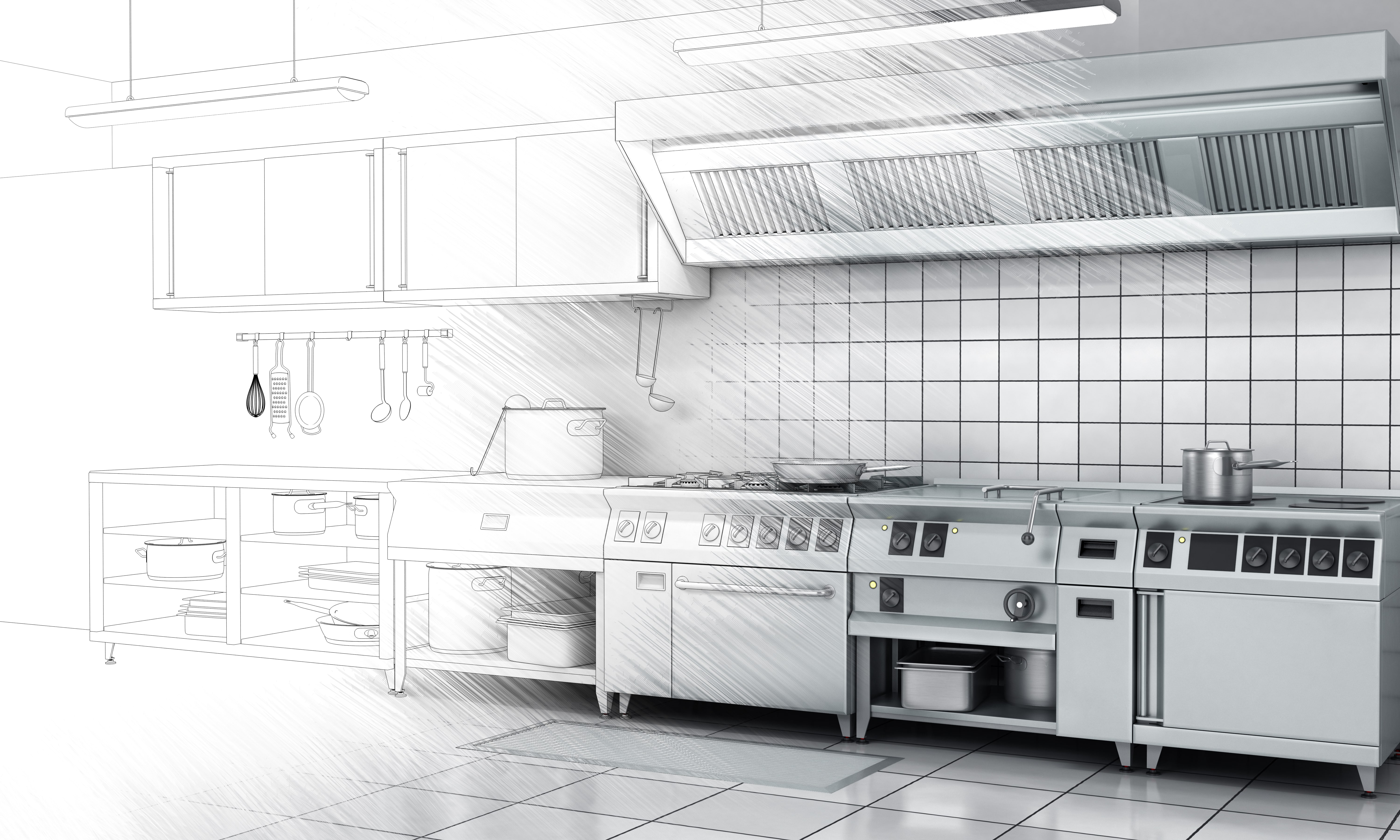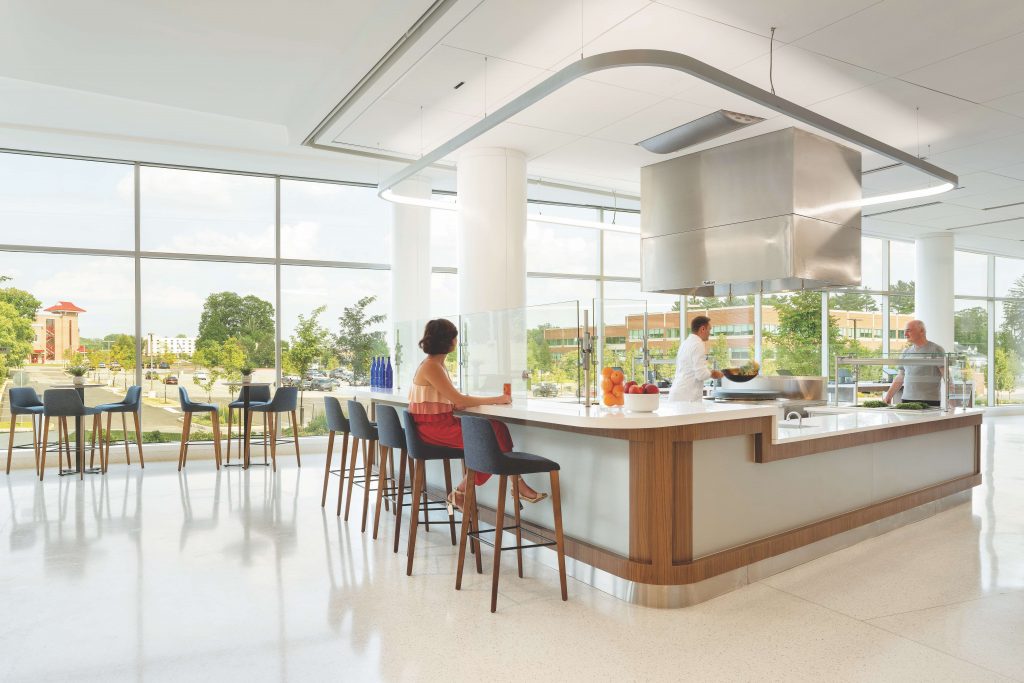
We all have them; and realise how hard they can be to break; but in the case of foodservice as in other industries, bad habits can develop through a working life in inadequate kitchen environments just as much as through poor training and supervision.
Habits are decisions and actions performed every day and research indicates that they can account for about 40% of our behavior, according to a Duke University study. From this it could be seen that bad habits pose a significant efficiency, food safety and ultimately a financial risk to foodservice operators.
According to Kurt Lewin, habit as a form of behaviour, is a function of a person in their environment: B=f(P,E). If environment is a factor influencing habits, good and bad, part of the designer’s responsibility is to create an environment that on the one hand encourages good habits and on the other, discourages bad ones.
Habits being conditioned by our environment will be triggered by context cues and surroundings. Benjamin Gardner, a health psychologist at Cambridge University, says that a habit will take between two weeks and two months to be formed, and equally to be changed.
Because context is a powerful factor in changing habits, it can be much easier to effect change in a new or altered environment than within the existing one; if there are two ways of doing something, the easiest will always win out, even though it may not be the best. Habits are generally formed through taking the convenient and most obvious path.
Create convenient workflows
The designer therefore has a role to play in the forming of habits through creating the most obvious and convenient process or workflow. To be most effective the design solution will not be a single trigger designed to form and maintain a particular habit but the entire context surrounding the behaviour designed to enable best practice.
This context will be experienced through the physical perception of the facilities being directed by the sensory nervous system. Because vision is the most powerful of all human sensory abilities (the human body has about eleven million sensory receptors – approximately ten million of them are dedicated to sight) the overall visual perception of kitchen environment will be a significant key to the development and maintenance of “good” habits. Visual appearance can therefore be equally as important as functionality in the design of the facilities.
One of the most difficult habit changes to manage is transferring staff from an old kitchen which may have been adapted and modified over the years, to a new one. Over time the staff will have formed habits, good and bad, to adapt to the facilities they have had to work with. It will not matter how much involvement staff have in the development of the new facility, when they move in, they will take all their habits with them; and complain when the new facilities do not easily allow them to continue to work in the old way. Even assuming that the new facilities include all that is needed for best practice operation, it will still take at least two weeks and probably more, depending on the complexity, or age in the case of old facilities, of intensive support from the design team and operator to replace transferred bad habits into good ones.
Staff who have developed a convenient way of working over many years will resist change. As Lisa Bodell, author of Future Think puts it, “Change cannot be put on people. The best way to instil change is to do it with them; create it with them” or put another way by Peter Senge (Society for Organised Learning), “People don’t resist change – they resist being changed.”
Prevent bad habits from forming
We have all seen examples of bad habits that have developed through working in poorly designed facilities. They will have included the risky bad habit of leaving food pans of ingredients to get warm on the plain prep counter to avoid having to keep bending down to get them from a refrigerator: which can be changed through providing refrigerated wells in the countertop that can be loaded once from the refrigerator.
Also, ingredients kept on the hot pass to avoid having to continually bend down to retrieve items from an under-bench refrigerator when they could be kept refrigerated during service and conveniently accessed by using refrigerated drawers under worktops. These are not only aids to encouraging good food safety habits but also for efficiency. Placing hand wash basins in close proximity to work-stations encourages good hand wash habits through making it convenient and easy.
The cumulative impact of all these and the multitude of other design decisions that form the overall kitchen environment, have an effect on the habits and behavior of staff and as a consequence a positive impact on the food safety and operating efficiency of the facility.
Those who have been involved in the difficult and frustrating process of managing or experiencing the process of change might be encouraged by Deepak Chopra’s observation that, “All great changes are preceded by chaos.”
Tim Smallwood FFCSI




